The relation between restrictive measures and negative impact on GDP is not linear. The fallout from negative impact on ’social’ consumption will be long-lasting, normal life won’t start again ‘just like that’. Some stabilisation in Europe as US becomes the pandemic epicentre.
COVID-19 Economic and Epidemiological Impact – Analysed in just a few gobbets for time-starved, over-solicited decision-makers
- The WHO sees some signs of stabilization in Europe’s outbreak, particularly in Italy, the hardest-hit country. On March 30th, its head of health emergencies said: it’s “our fervent hope” that Italy and Spain are approaching a peak, and that European lockdowns which started several weeks ago will start to bear fruit”. Meanwhile, the epicentre of the pandemic is moving to the US, where the White House predicts between 100,000 and 240,000 deaths (affirming the range would rise to 1.5 – 2.5 million without mitigation, i.e. social distancing).
- In terms of confinement policies, Sweden has been an outlier: it decided to have fewer restrictions than other countries (schools remained open for example) but is now suffering substantially more cases and deaths (on a per capita basis) than neighbouring nations like Denmark and Norway. This is one further example that lockdowns constitute the best possible policy option.
- It is an illusion to think that normal life will restart “just like that” when the worst of the epidemic is over. As the example of Asia shows, the greatest fear for countries that brought the epidemic under control is a possible relapse. They have therefore tightened their borders and imposed strict containment measures that make it almost impossible to travel from abroad. This suggests that most of the world’s nations will implement travel barriers, bans and lockdowns until a vaccine or treatment is found.
- In all Asian countries, technology is a key tool for enforcing quarantines and monitoring the pandemic. The US and European countries are now considering whether to do the same. This will inevitably involve some privacy intrusion – a complex trade-off that will rise to the boil when the pandemic is over.
- An interesting (albeit not surprising) insight on the effect of economic “hibernation”: the Dutch central planning bureau (CPB) found that the relationship between the duration of restrictive measures and the corresponding impact on GDP is not linear. As one would suspect, every additional month of containment results in a greater, non-proportional deterioration of economic activity. According to the model, a full month of “economic hibernation” would result in a loss of 1.2% in Dutch growth in 2020, while three months would cause a 5% loss. With all the caveats that apply, this is probably a good proxy for other small open economies.
- There are multiple reasons to assert that global growth will take a long-term hit (well into 2021). One simple way to think about the economic damage inflicted by the pandemic is to ask ourselves: “how much of our consumption is social in nature?” In the rich world, a huge amount. Travel and vacations, bars and restaurants, sporting events and retail: all these are social forms of consumption that represent a significant fraction of total economic activity and employment. In the US, services – most of which are “social” – represent 80% of total employment, and consumer spending accounts for almost 70% of total economic activity.
- It is often said that a nation’s response to a disaster speaks about its strengths and dysfunctions. When the pandemic is over, expect a lot of political brouhaha ultimately leading to economic, political and social change (like the return of big government and the shortening of supply chains). At the moment, the Western countries at the epicentre of the pandemic often lack masks, respirators and ventilators. This situation is particularly acute in the US that is richer than most other nations and spends more on healthcare than any other nation. The key reasons (in the US and Europe) are: (1) lack of preparedness and under-investment in pandemic planning; (2) over-reliance on complex global supply chains (85% of global medical mask-production capacity is currently in China).


